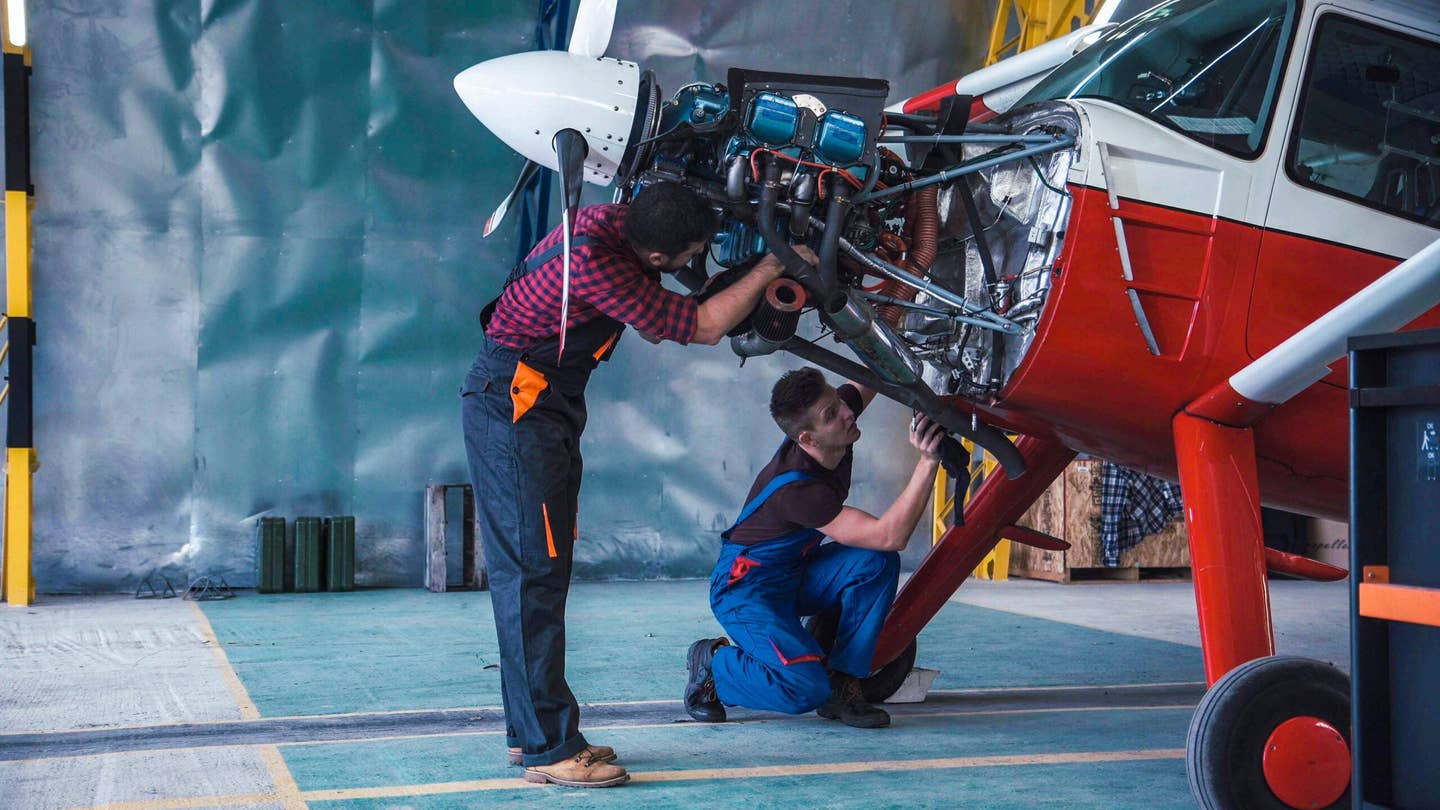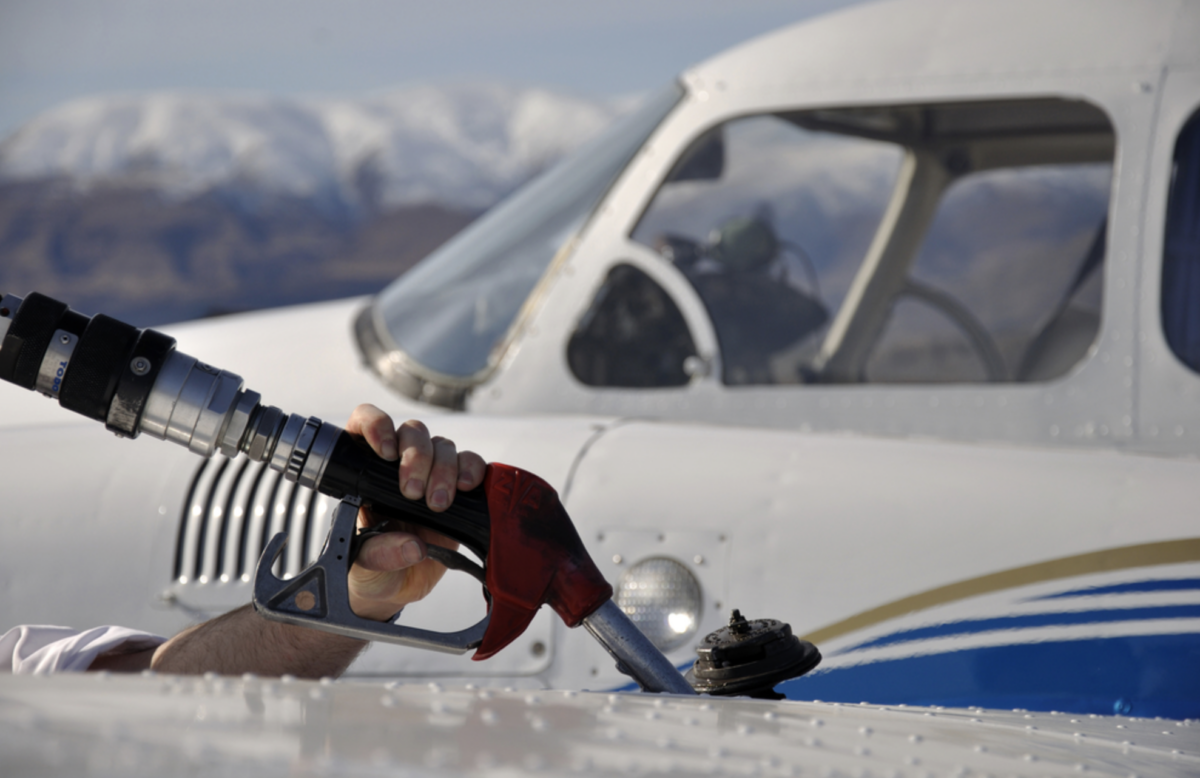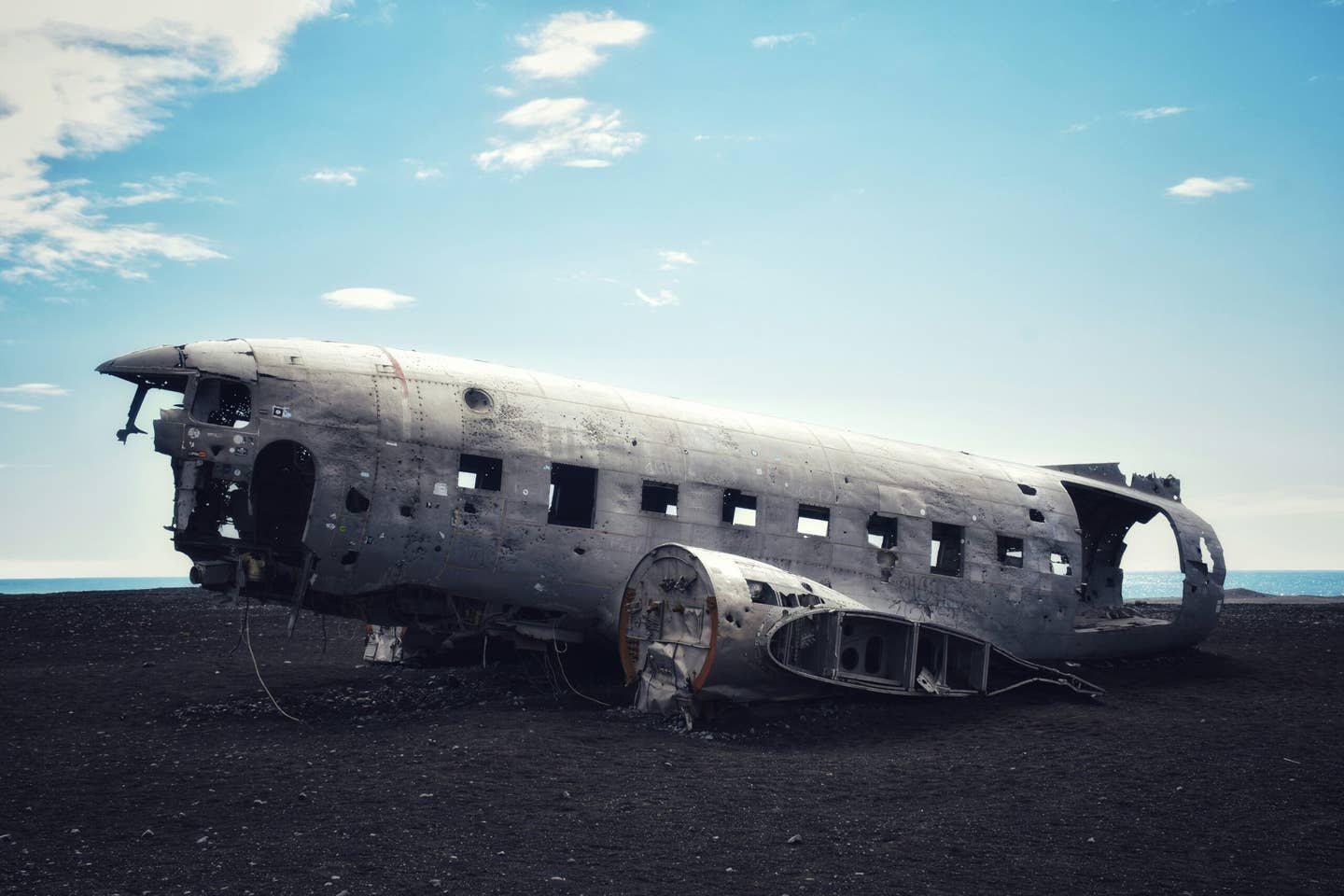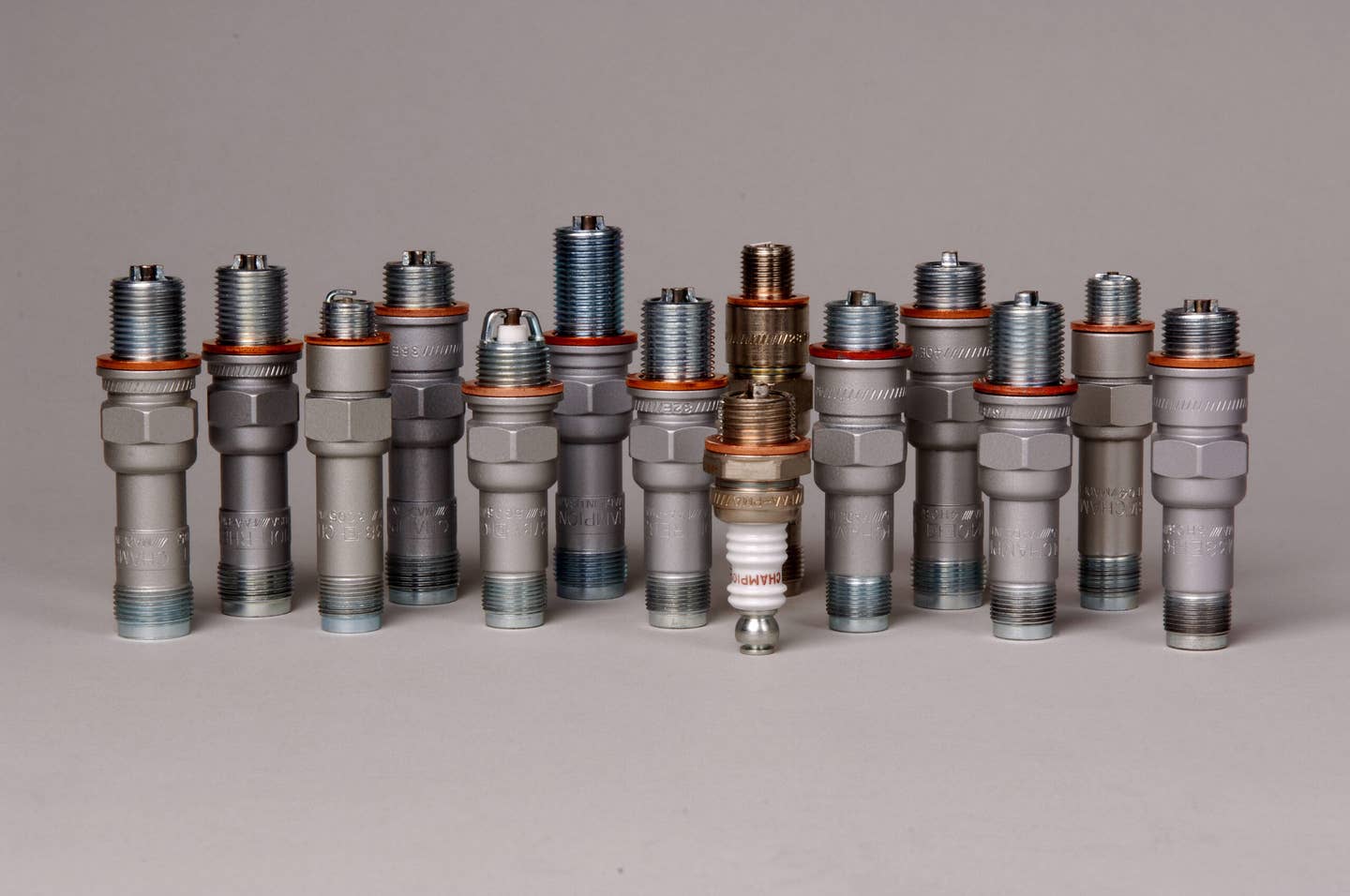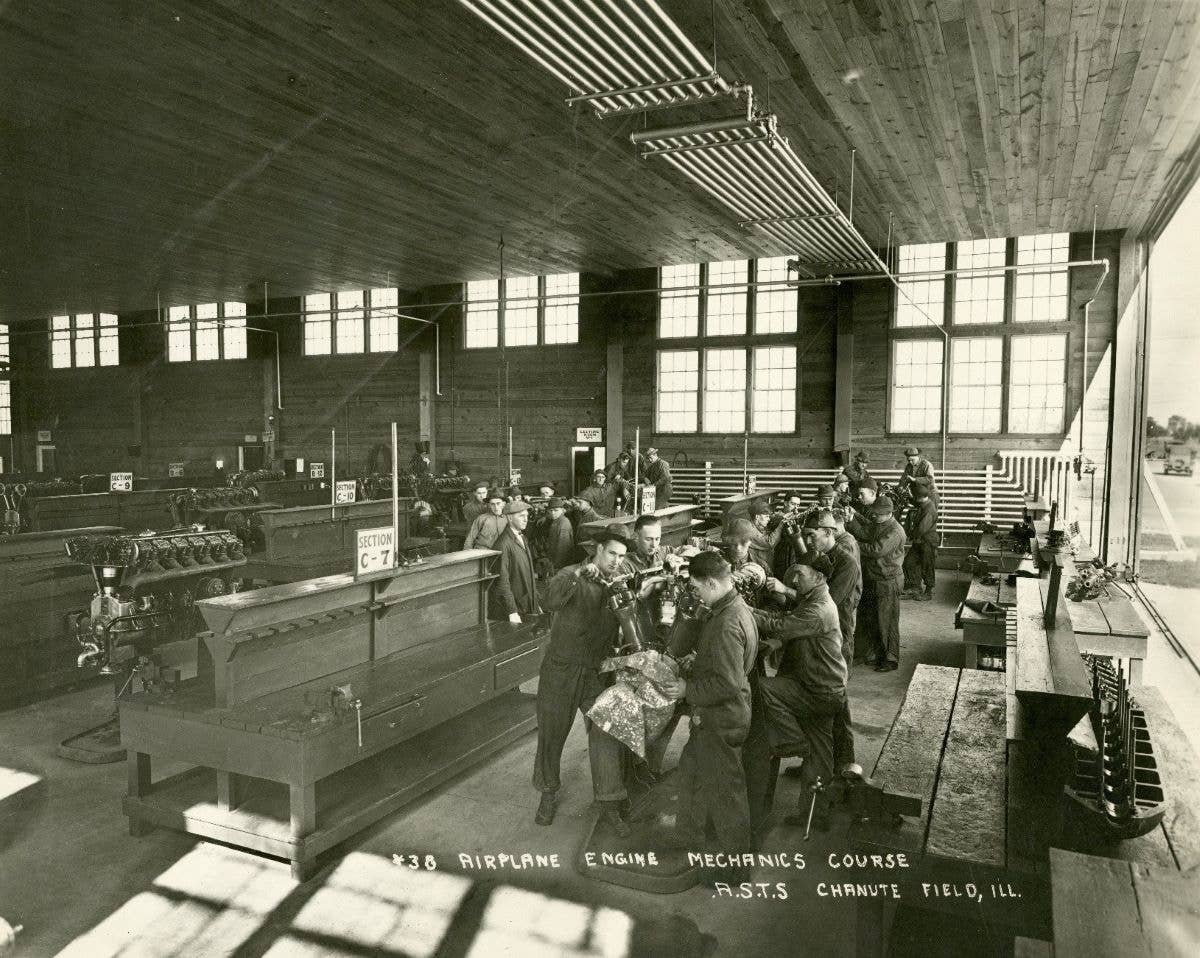Testing the Hardware After a USM Retrofit
A Cessna 172 takes its first flight after an avionics panel upgrade with used-serviceable material (USM).
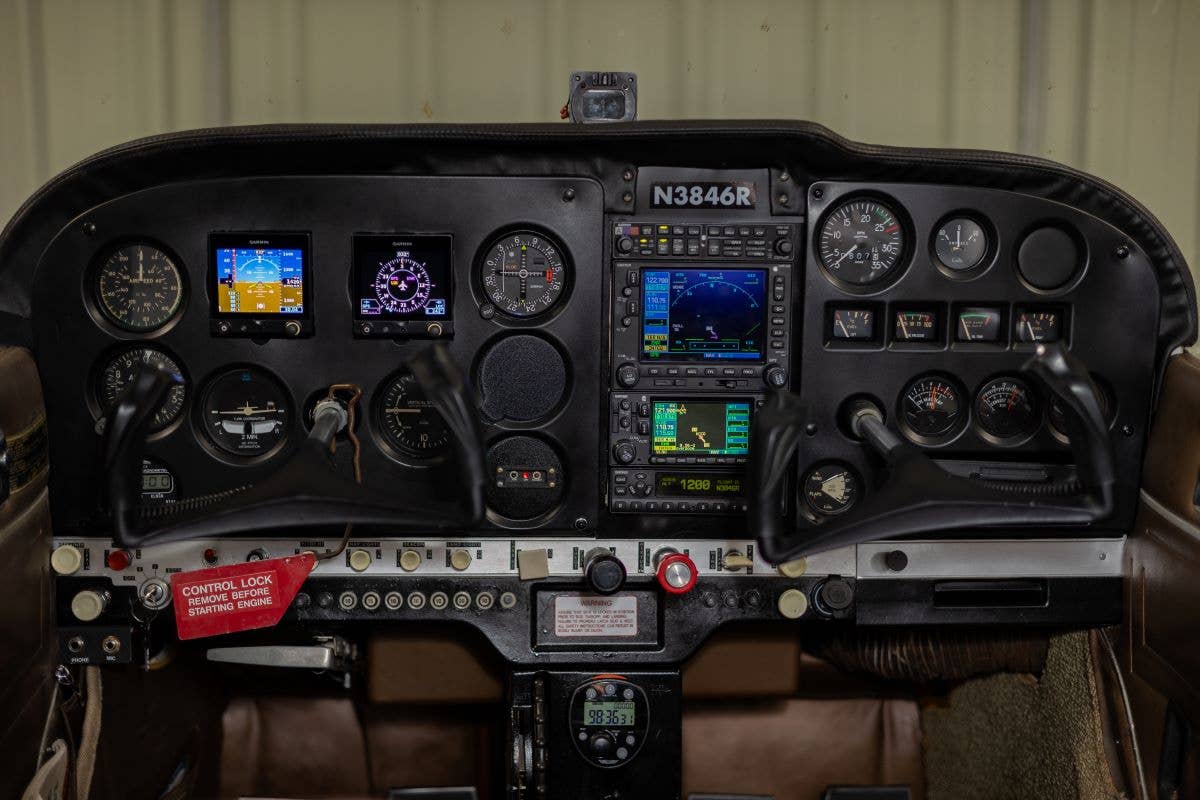
A Cessna 172 avionics panel upgrade with used-serviceable material (USM). [Credit: Elijah Lisyany]
It is springtime, and that means a return to the skies.
Recently, we cheered on Stephen Mercer as Gardner Lowe Aviation Services in Peachtree City, Georgia, put the finishing touches on his family’s 1982 Piper PA-32R-301T Saratoga. Now, it is time for the pull-offs from that job to find a new life in Corey Sampson's Cessna 172. We have been tracking this story from the beginning with Sampson’s decision to incorporate used-serviceable material (USM) in his retrofit.
It is one thing to pull out the Garmin catalog and order up everything new and quite another to retrofit using USM. One must decide what to keep and what to jettison. The situation is not always cut and dried. What if you install all this stuff, and it doesn’t work?
Thankfully, Sampson is an A&P and can do much of his own work.
Avionics Equipment Installation
Planning for a major maintenance event comes down to one key element: attention to detail. I have seen more than one maintenance evolution derailed by the smallest detail. I once found myself stalled on a job—a major engine overhaul—for one bolt. Guess what? The airplane needs all of the parts to fly, not just some of them.
I caught up with Sampson recently to follow up on the installation. He said that although routing was challenging, he didn’t hit any real snags along the way.
Sampson mapped out his maintenance, and FLYING was there during the initial phases of this evolution. He ensured a clean, comfortable space in which to accomplish his work. The environment is everything in aircraft maintenance. Why do you think line maintenance aircraft mechanics receive a premium? Other factors to consider are tooling and technical data. Sampson had each of these lined up before removing a single component.
Sampson said the downtime for his 172 during maintenance was five weeks for the removal and installation, and one week for pitot-static recertification. He also removed the automatic direction finder (ADF), as it is now obsolete, and therefore, he could save some weight.
Fitment and Operational Check
Once Sampson finished everything, it was time for Oasis Aviation Avionics & Maintenance to do the pitot-static and transponder check. The company also built up the harness and mapped everything to assist him during installation.
Once Sampson installed everything, it was time to button her up and functionally test the new hardware. To keep from running the engine in the hangar, he procured an external power supply from Aircraft Spruce & Specialty.
“These portable power supplies are an excellent way to power your avionics on the ground while you train or practice in the cockpit,” the company says. “Especially helpful in learning how to operate glass cockpit avionics and panel mount GPS units.”
They are also furnished with Cessna-style, three-pin plug configuration and manufactured in the U.S.
Next, Sampson programmed and calibrated the two Garmin G5 Electronic Flight Instruments. Once that was complete, it was time to test fly the airplane around the pattern in Peachtree City. After the pitot-static check, he flew to New Orleans with his co-conspirator, Elijah Lisyany, for breakfast.
Continued Airworthiness Action
According to the FAA, “continued airworthiness requires that safety concerns within the existing fleet be addressed, and the knowledge gained applied for the benefit of future fleets as well.”
The International Civil Aviation Organization (ICAO) breaks it down even further, stating that continued airworthiness “means all of the processes ensuring that, at any time in its operating life, the aircraft complies with the airworthiness requirements in force and is in a condition for safe operation.”
That means Sampson now has to shift his maintenance plan to accommodate his new equipment.
Earlier in the project, Sampson opted for a Garmin GNS 430. Once installed, Corey adjusted the contrast, and viola, it worked beautifully.
In January, Garmin issued Service Advisory (SA) 23018 Rev B—does it affect the continued airworthiness of Sampson's Cessna 172?
It depends.
First of all, service advisory alerts are just that—advice. The only thing mandatory under FAR Part 91 is an airworthiness directive (AD).
The SA clearly states that “display repairs for the WAAS and Non-WAAS GPS 400, GNC 420, and GNS 430 are no longer available and have been discontinued.” It does not say the units have been discontinued.
Additionally, if feasible, someone could create an alternate repair either by DER or 145 process specification. There is more than one way to stay compliant. And, of course, Sampson could replace the unit with another USM GNS 430 or upgrade to Avidyne IFD 440.

Subscribe to Our Newsletter
Get the latest FLYING stories delivered directly to your inbox

